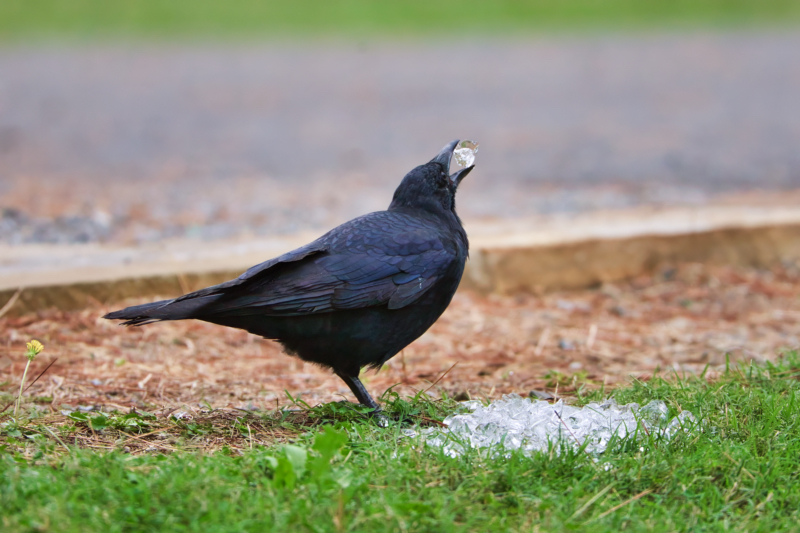As a wildlife photographer, I’m used to spending long days outdoors in all types of weather conditions to capture the perfect shot. However, photographing wildlife during extreme heat waves can be downright brutal. With temperatures soaring well above 100°F, both human and animal are affected. Wildlife tends to become less active as they seek shade and cooler areas, while photographers struggle with staying hydrated, avoiding heat exhaustion, and protecting camera gear from overheating.

In my experience, there are a few key things to keep in mind when photographing wildlife in extreme heat:
Get an early start:
Begin photographing at first light when temperatures are cooler. Wildlife is often more active at dawn.
Take plenty of breaks and find shade:
Don’t push yourself to keep shooting in direct sun during the hottest part of the day. Find a shady tree or spot under an overhang to give yourself and your gear a rest. Drink plenty of fluids too.
Be patient and stay alert:
Animals will be less visible but may still be active in cooler, shaded areas. Sit quietly and watch for movement. Early morning and late afternoon are best.
Protect your camera gear:
Direct sun and heat can damage electronics and cause issues. Use a lens shade, keep gear in the shade as much as possible, and avoid leaving your camera in a hot car.
Dress appropriately:
Lightweight, light-colored, breathable clothing will help keep you cooler. A wide-brimmed hat provides shade and sunglasses help reduce glare.
Know your limits:
Listen to your body. Heat exhaustion is a real danger in extreme heat. Be prepared to call it a day if you feel dizzy, nauseous, or unwell. Get indoors to somewhere cooler.
With proper preparation and some patience, you can still get amazing wildlife shots even during a heat wave. The key is taking it slow and staying as cool as possible. Don’t risk your health or safety just to get the photo. The animals will still be there when temperatures drop back down. Stay safe and happy shooting!
